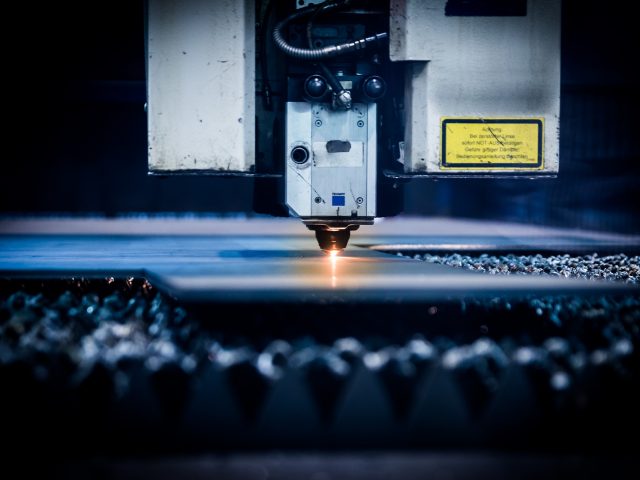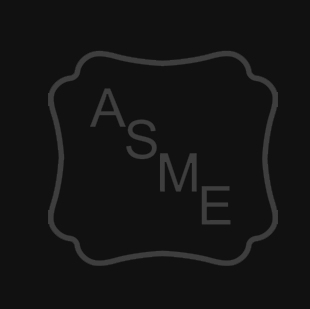Metal fabrication machines are used by fabricators to perform a wide variety of manufacturing processes that are instrumental in the production of metal products. Machines used in fabrication essentially cut, punch, mold, join, bend, or shape raw or semi-finished metals into diverse parts, components, and like objects as equipment, structures, and even other machines. Metal fabrication machines also offer fabricators a variety of automated processes in creating products. Such machines are commonly fitted with machining tools that are vital in fabrication.
Of the many processes utilized by fabricators, metal fabrication machining is a technique The metal fabrication method called machining refers to the process of shaping metal by removing the unwanted material from it. This process. There are many different machining processes, including drilling, turning, and milling.
Machining, and the tools used in it, is a subtractive fabrication process that selectively removes material to meet design specifications. Today’s modern machining tools can achieve an exceptionally high degree of uniformity and repeatability thanks to automated CNC machine tooling processes generated via computer programming. More common metal fabrication machining tool processes used by fabricators are laser cutting, punching, turning, drilling and milling.
Laser Cutting
Laser cutting is a thermal-based subtractive method of machining that “cuts” material from the workpiece through melting, burning or vaporizing. It is one of the more popular fabrication techniques due in large part to the integration of CNC-driven technology that can produce highly complex geometries with precise, clean, smooth-edged cut finishes. Laser cutters focus a laser beam through a nozzle on a targeted area of the workpiece. Utilizing a combination of pressure and heat, the laser melts and then ejects molten material away while leaving a small kerf in its wake as the beam shapes and separates parts into pieces. Though used to cut many types of materials, its primary application is for cutting metals like stainless steel, carbon steel, brass, aluminum, and copper into delicate shapes, elaborate or basic cuts, and to place intricate designs on material surfaces.
Punching
Punching is another popular subtractive fabrication method used by fabricators. It is a metalworking process that literally punches a hole through the workpiece via a punch press fitted with uniquely shaped turrets. The turrets strike metal workpieces with brute force into a die that punches and creates a design through the material. Punched material, referred to as blanks, may be used for applications or the metal sheets or panels with intricately punched designs in them can be used for applications. Advanced automated punching systems are powered with CNC technology that offers fabricators flexibility and versatility to produce complex designs.
Turning
Turning utilizes a lathe to perform a variety of subtractive processes. The basic design consists of a rotating drive that turns a fixed workpiece against a stationary, interchangeable cutting tool. As the workpiece rotates, depending on the lathe tool, it will cut, drill, sand, or knurl the material at any angle to create the desired shape. The rapid rotation provides the necessary friction to remove material in a uniform manner around the entire circumference of an object. The end result is a symmetrically-shaped product to exact design specifications.
Drilling
Drilling machines, or drill presses, are another machining tool used by fabricators for cutting holes in the material. The drills are mounted to a machine board and are used much the same way as a power or handheld drill. As they are fixed and stationary, drill presses require less exertion, are more stable, and provide uniform holes in or out of material. The drill spindle can be angled to specification to allow for repeated and consistent drilling. Today’s modern drilling machine designs vary, including pedestal drills, bench drills, and pillar drills.
Milling
Milling machines offer a range of versatile subtractive processes that drill, bores, or cut material to desired specifications. Milling holds a workpiece in place using a vice or fixture while cylindrical, multi-point cutting tools progressively remove material from the workpiece. Milling works on flat or irregular surfaces including sideways cuts. Modern milling machines come in many types. There are face milling, plain milling, angular milling machines, or universal milling machines, and every type of machine comes in vertical or horizontal configurations.
Let our team at Quest-Tech Precision help you with your metal fabrication projects requiring machining tools. To learn more about our metal fabrication machines and capabilities, please contact us at Quest-Tech Precision today!



